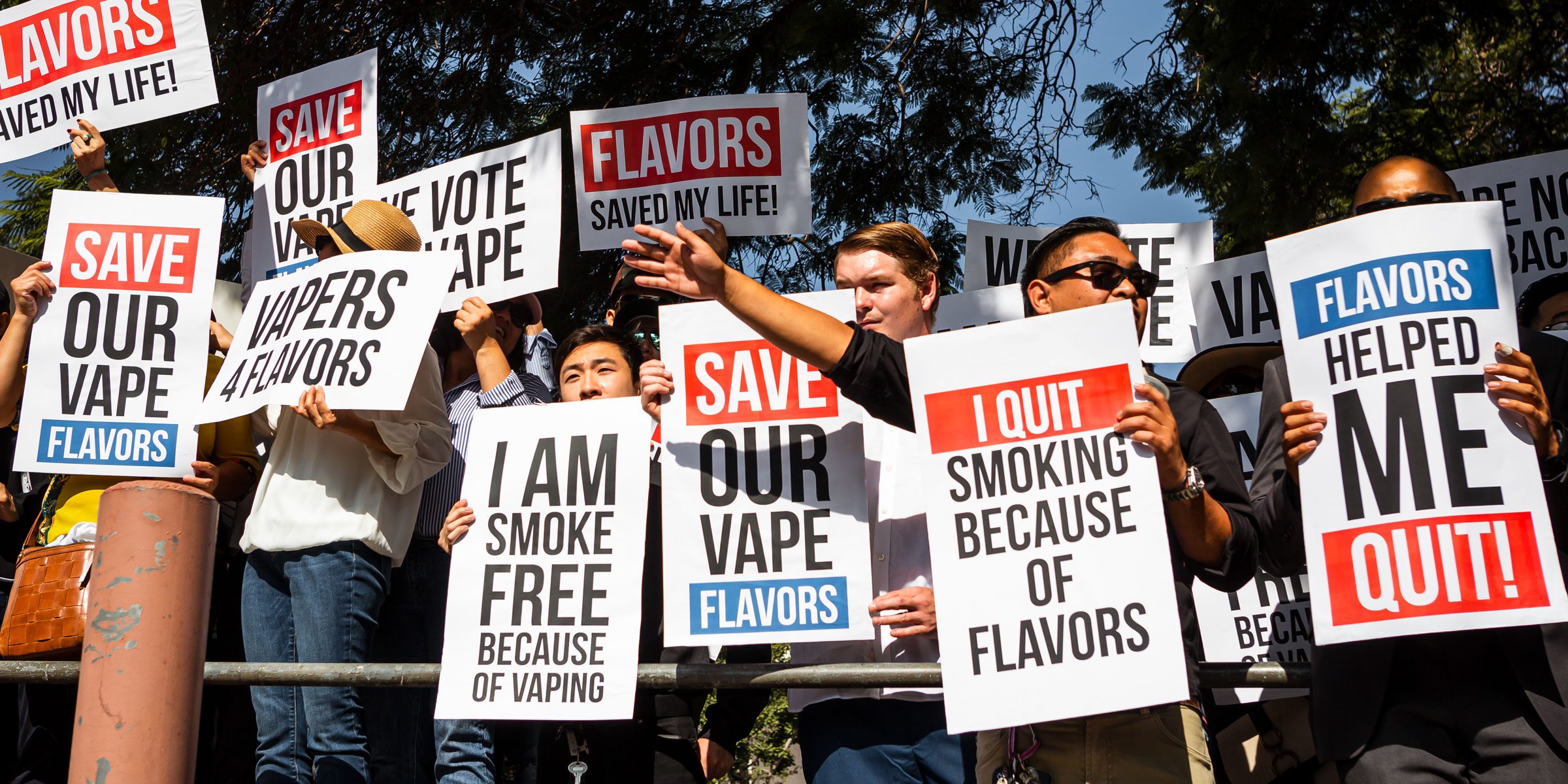With vapers all over the country fighting to #savetheflavors, it has become a vital issue affecting many vapers lives and livelihood. The media reports has placed a keen focus on the apparent dangers that arise from vaping. For the past few weeks, we have taken the time to wade through the vast amount of misleading information out there, in a bid to present you with the facts in the most objective way possible. This week we want to do the same thing, and highlight some information that we think all vapers need to know.
Today, we will be focusing on the objective facts of the 1998 MSA settlement, and taking a look into how the money paid to several states from that settlement is being used; and we will take a look at how this loss of state income is impacting the vape industry. For those of you unfamiliar with the 1998 MSA agreement, the video below will help get you up to speed.
The information being shared today comes from an article published on Tobaccofreekids.org titled “A State by State look at the 1998 Tobacco Settlement 20 Years Later”. Here are some of the key takeaways from that article:
- In the current budget year, Fiscal Year 2019, the states will collect $27.3 billion from the settlement and taxes. But they will spend just 2.4 percent of it – $655 million – on programs to prevent kids from smoking and help smokers quit.
- The $655 million the states have budgeted for tobacco prevention amounts to less than 20 percent of the $3.3 billion the Centers for Disease Control and Prevention (CDC) recommends for all states combined. Not a single state currently funds tobacco prevention programs at the level recommended by the CDC.
- Tobacco use still kills more than 480,000 Americans and costs the nation about $170 billion in health care expenses each year.
The above article was issued by the Campaign for Tobacco-Free Kids, American Heart Association, American Cancer Society Cancer Action Network, American Lung Association, Robert Wood Johnson Foundation, Americans for Nonsmokers’ Rights and Truth Initiative.
Based on this report, it is clear that states profit from the sale of combustible tobacco.
Additionally, from our blog post from last week, it is also clear that states aren’t doing enough to support smoke cessation or teen smoking prevention campaigns. To reiterate a point from the report:
The $655 million the states have budgeted for tobacco prevention amounts to less than 20 percent of the $3.3 billion the Centers for Disease Control and Prevention (CDC) recommends for all states combined.
It is crucial for people to get the facts right about vaping, and to shift their focus towards the real epidemics that exist. So far, everyone has been pushing the agenda that vaping is harmful even though it has been shown to be a much better alternative than smoking combustible tobacco. In truth, the average vaper is not aware of this kind of information, and that is something that needs to change, especially since most of this information is readily available to the public. This is part of the reason why we have made it our mission to make sure that the objective facts and viable information are brought to your attention.



















